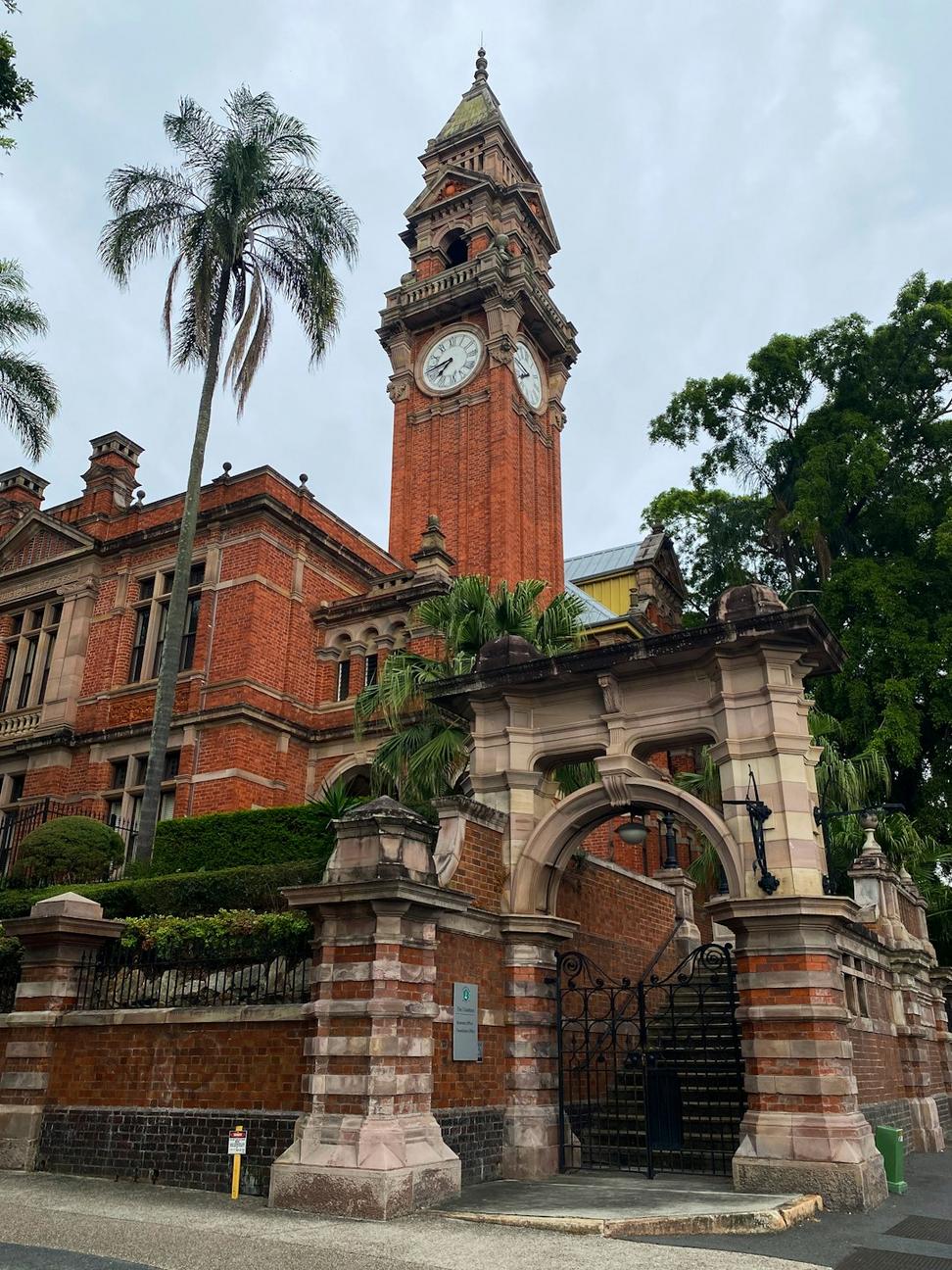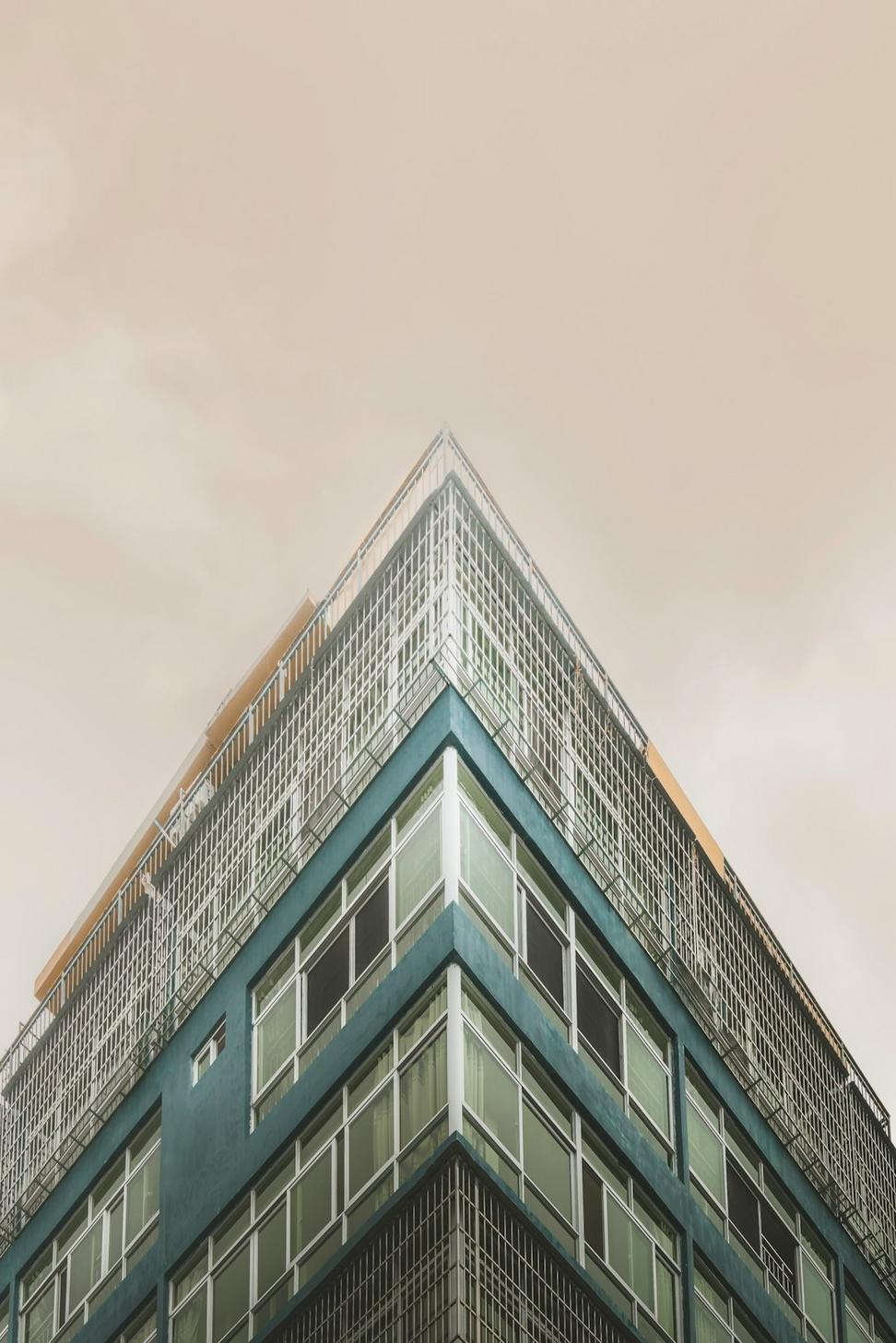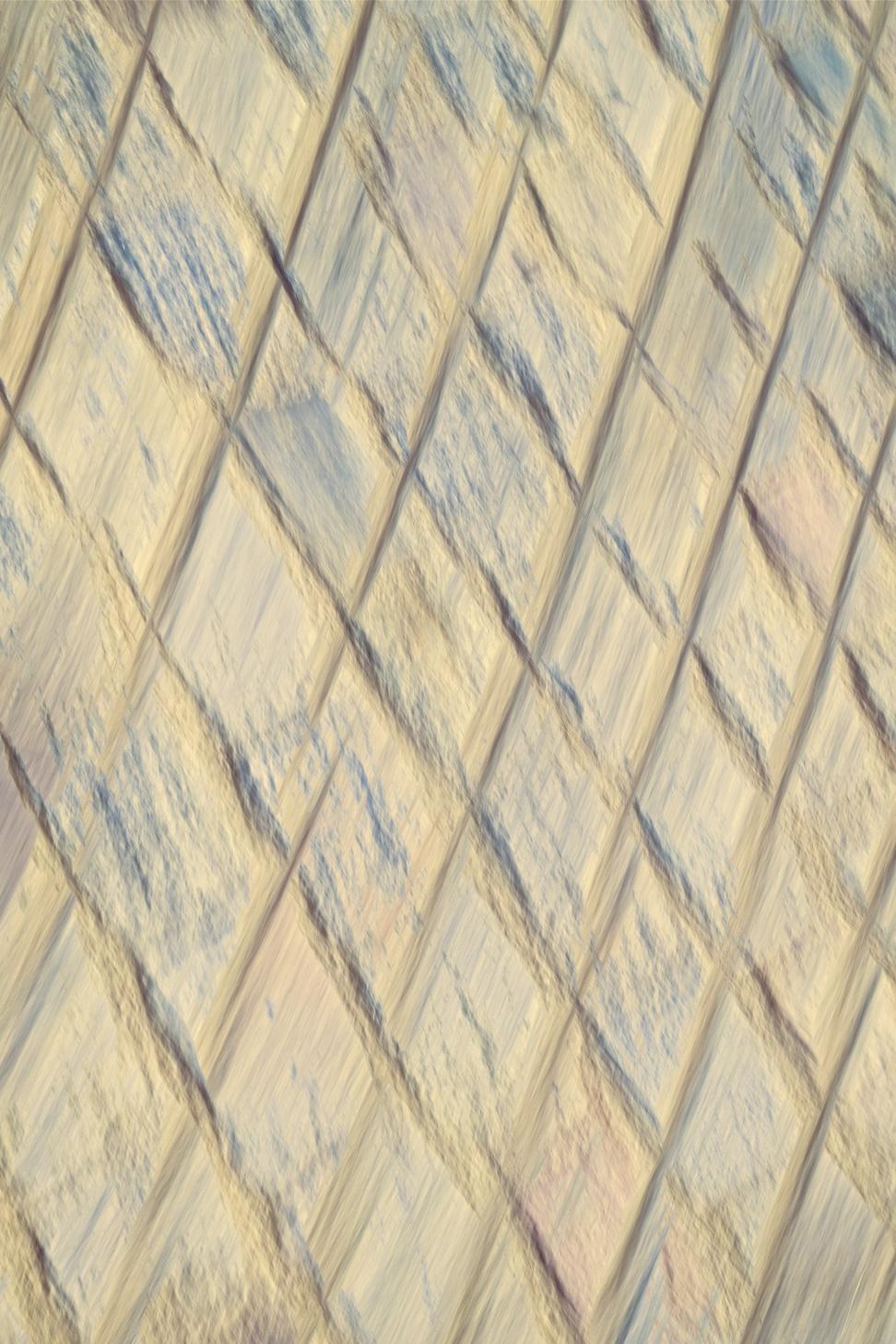Why We're Kinda Obsessed with Sustainability
Look, I'll be honest - when we started out about 8 years ago, green building wasn't exactly the hottest topic at dinner parties. But here's the thing: we couldn't shake this feeling that we were leaving way too much on the table. Not just energy savings (though yeah, those numbers add up fast), but the whole experience of living or working in a space that actually works WITH the environment instead of fighting it.
These days, pretty much every project that comes through our doors at the West Georgia studio gets the full sustainability treatment. It's not an add-on anymore - it's baked into how we think about space, materials, and flow from day one.
We've learned that sustainable design isn't about sacrificing style or comfort. Actually, it's the opposite. Our greenest projects tend to be the ones clients rave about most - better light, cleaner air, spaces that just feel... right.
"The best building is the one that doesn't need constant fixing, heating, or explaining. That's what sustainable architecture gives us - buildings that make sense."


